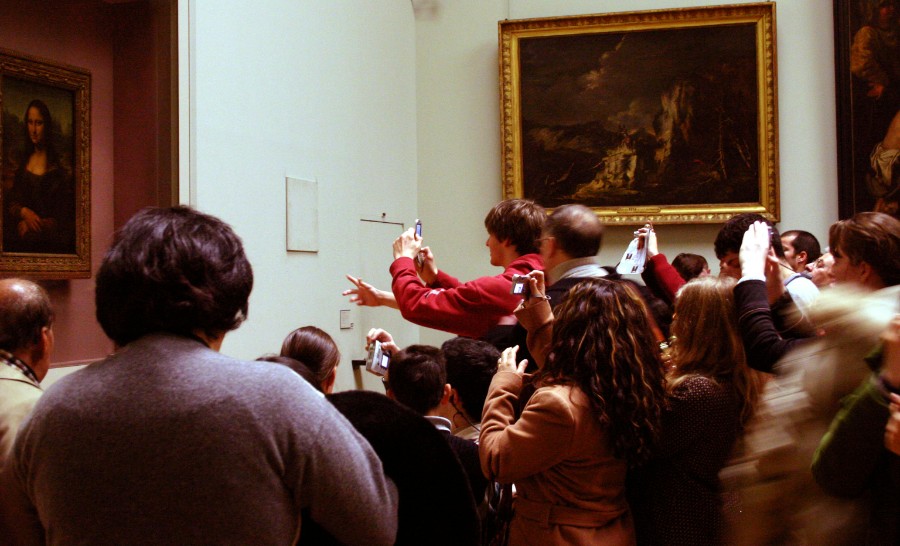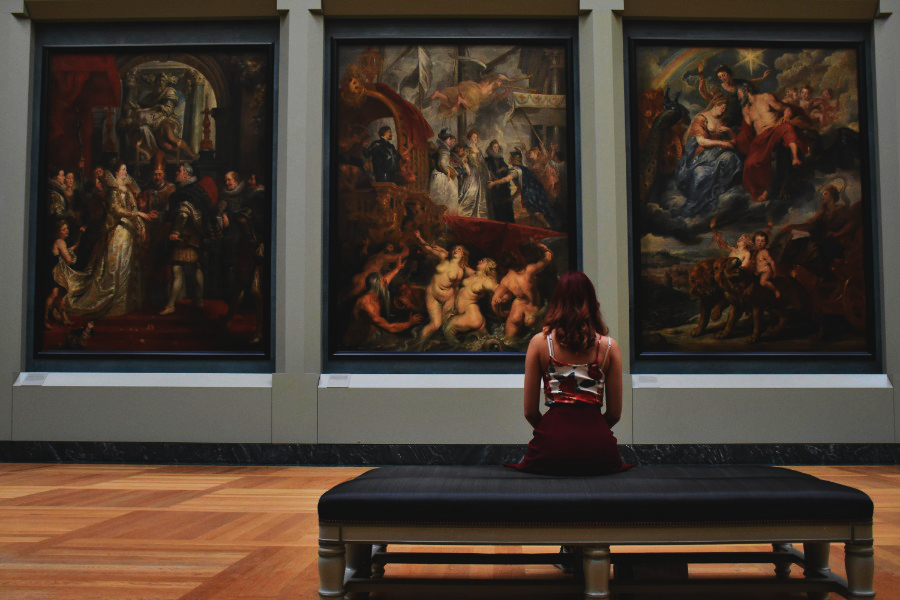Introduction
Art has always been a mirror reflecting the culture, politics, and societal shifts of its time. Classical painters, often backed by wealthy patrons or the church, operated in a very different world compared to today’s modern artists. They were not just creators but also artisans, working to fulfill commissions in royal courts and religious institutions. Fast forward to today, and modern artists navigate the complex interplay of digital platforms, global art markets, and changing societal values. This article delves into the contrasting lives of classical painters and modern artists, exploring how historical contexts shaped their work and why classical painters arguably had more consistent opportunities.
The Role of Classical Painters in Society
The classical period of art, spanning from the Renaissance to the Baroque and beyond, was a time when art was seen as a reflection of power, divinity, and grandeur. Painters of this era were often commissioned by royal families, churches, and wealthy patrons. In the case of Renaissance painters like Leonardo da Vinci or Michelangelo, their work was tied to the powerful Medici family or the Vatican. These commissions not only provided financial stability but also elevated the painter’s social status.
However, it wasn’t just financial backing that provided security to classical artists; it was the institutionalized nature of art. Artists were part of guilds, which acted almost like trade unions, ensuring a steady stream of work and regulating quality standards. These guilds played a critical role in shaping the daily lives of classical painters, offering them both protection and opportunities.
Modern Artists: A Shift in Patronage and Opportunity
Contrast this with the situation of today’s modern artists. While classical painters often worked for a singular patron or institution, modern artists navigate a far more democratized but unstable environment. The rise of digital platforms such as Instagram and the accessibility of art materials have made it easier for anyone to become an artist. However, the market is saturated, and opportunities for steady work are rare.
Today’s artists often have to balance their creative pursuits with financial realities, such as maintaining a part-time job or managing a freelance career. Unlike the classical painters who were often tied to a court or a church, modern artists rely on social media, galleries, and independent buyers for commissions. This creates a more entrepreneurial approach to art, where the artist is not just a creator but also a marketer and businessperson.
Classical Techniques: Precision, Craftsmanship, and Mastery
One of the reasons classical painters are still revered today is their mastery of technique. The meticulous attention to detail, use of light and shadow (chiaroscuro), and mastery of anatomy are all hallmarks of classical art. Painters like Caravaggio and Titian spent years studying under masters, learning the intricacies of color mixing, perspective, and brushwork. Their goal was not just to create a beautiful image but to capture the divine, the noble, or the human experience in the most lifelike and profound way possible.
Moreover, classical painters often worked with limited palettes and materials. The creation of pigments was a complex, labor-intensive process, and each color had to be carefully sourced and prepared. This scarcity of materials made classical painters more resourceful and deliberate in their use of color and technique. Their craftsmanship and attention to detail are still studied and revered by modern artists.
The Evolution of Modern Art: Experimentation and Freedom
In contrast, modern art has seen a significant shift towards experimentation. The modern artist is not as tied to tradition and technique as their classical counterparts were. Movements like Impressionism, Abstract Expressionism, and Surrealism broke away from the rigid structure of classical art, favoring expression, emotion, and abstraction over technical perfection.
Artists such as Pablo Picasso and Jackson Pollock rejected the precise techniques of classical art, opting instead for other methods that focused more on emotional impact and personal interpretation. The modern artist’s studio is a place of experimentation, where the basic structures of classical art have no place.
The Psychology of Classical vs. Modern Art
One of the most fascinating aspects of art is its psychological impact on both the artist and the viewer. Classical art, with its emphasis on harmony, proportion, and beauty, often elicits feelings of awe, calm, and reverence. Paintings from the Renaissance or Baroque periods, for example, are meticulously structured to draw the viewer’s eye to specific focal points, often using techniques like linear perspective to create a sense of depth and space.
On the other hand, modern art can be more challenging for viewers. The abstract nature of many modern works is incomprehensible to viewers, often evoking strong emotional reactions ranging from confusion to mystery. This psychological shift reflects the artist’s own experience. While classical painters adhered to strict guidelines and techniques, modern artists enjoy greater freedom but often face the anxiety of creating without boundaries.
The Societal Role of Classical Art: Enduring Cultural Influence
Classical art has left an indelible mark on Western culture. From the iconic frescoes of the Sistine Chapel to the majestic portraits of royalty, these works not only shaped artistic movements but also influenced architecture, fashion, and even politics. The classical painter was not just an artist but also a cultural ambassador, with their work often serving as a form of diplomacy or propaganda.
In many ways, classical art was more than just decoration; it was a tool for communicating power, divine right, and moral lessons. Kings and queens would commission portraits not just to capture their likeness but to project an image of authority, wealth, and virtue. The narratives embedded in these works continue to shape our understanding of history, culture, and identity.
Conclusion: The Lasting Impact of Classical Painters
Classical painters were craftsmen who, through dedication, skill, and patronage, created works that continue to inspire and influence. Their daily lives, marked by commissions from the elite, provided them with stability and recognition that modern artists often struggle to attain in today’s fast-paced, digital-driven world. As modern artists experiment with new media and platforms, the legacy of classical painting remains a benchmark of mastery and discipline.


